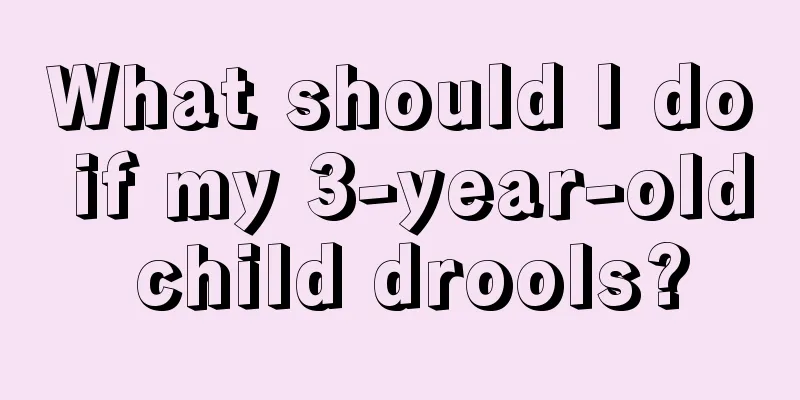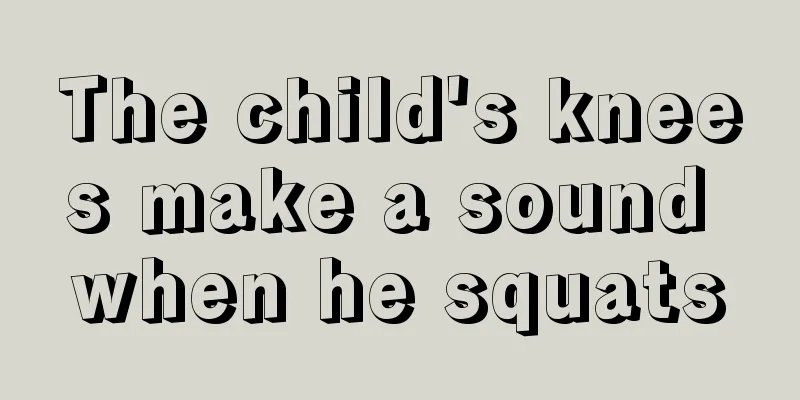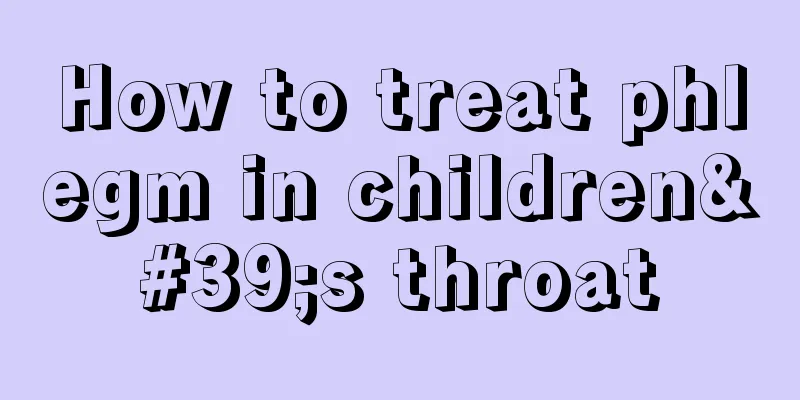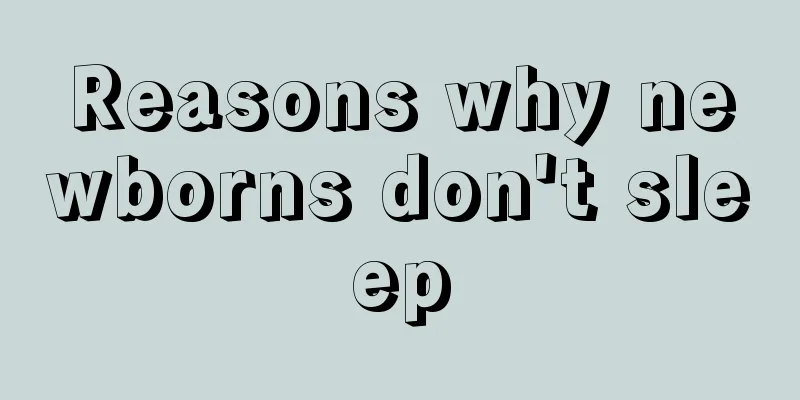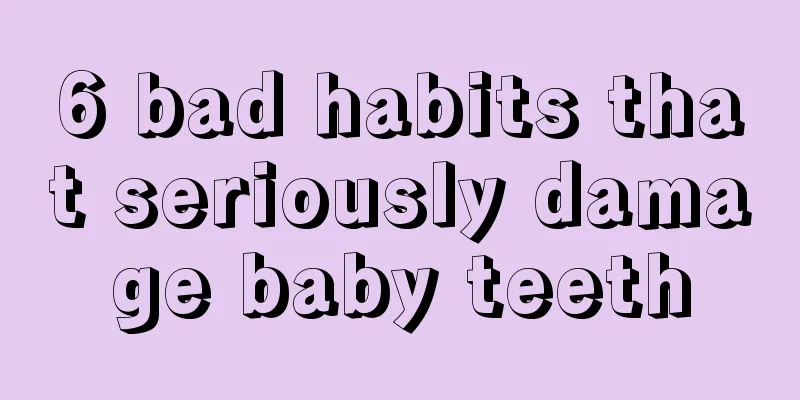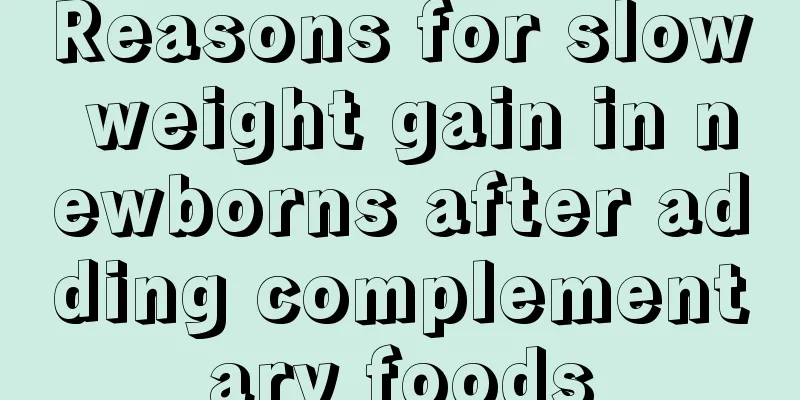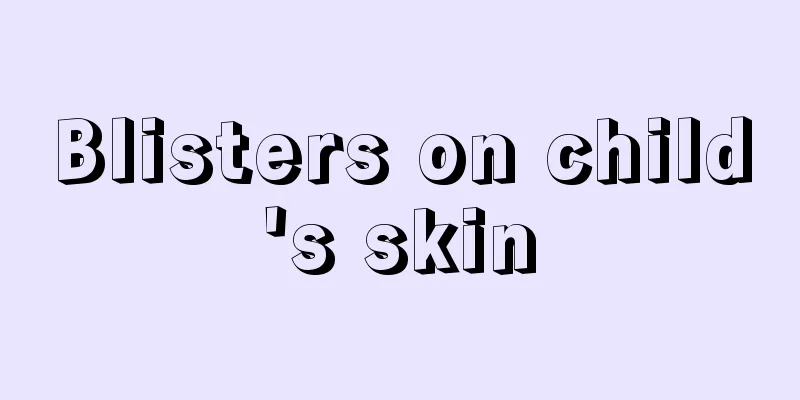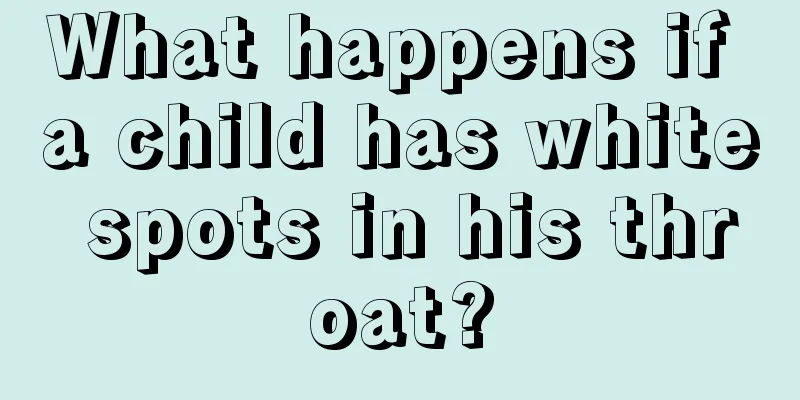What to do if a 2-year-old child has a high fever and convulsions
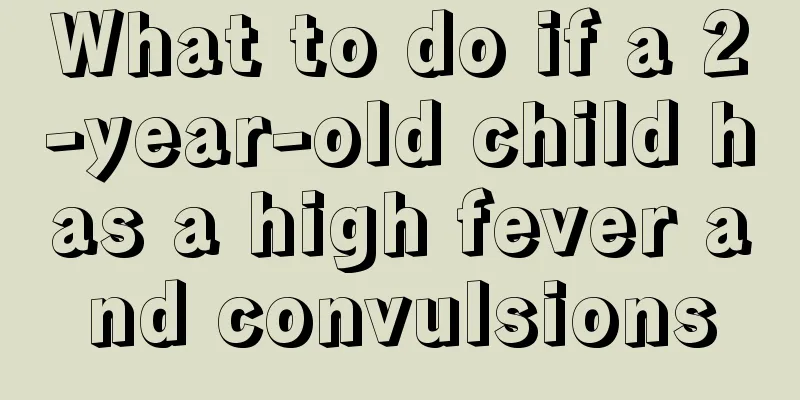
|
Colds and fevers are common diseases among children, and parents usually use physical cooling methods to lower their children's body temperature. However, when a child has a high fever and convulsions, parents need to take emergency measures. A child's fever and convulsions is an emergency. If not handled properly, it can cause great harm to the child's growth. So what should you do if a 2-year-old child has a high fever and convulsions? Let’s take a look together! The symptoms of convulsions in children are relatively clear, and most of them are based on fever: temporary coma, stiff neck or limp convulsions, eyes looking up, clenched jaws, and even foaming at the mouth, incontinence, etc. The longer the convulsion lasts, the greater the damage to the brain. The intellectual development of children is greatly affected. In some cases, improper treatment of convulsions may lead to suffocation caused by phlegm blocking the trachea, which can be life-threatening. 1. Stay calm, keep quiet, and avoid giving your child any unnecessary stimulation. 2. Keep the airways open. Lay the child flat with his head tilted to one side, and clean the secretions and vomit in the mouth promptly to prevent them from being inhaled into the trachea and causing suffocation or aspiration pneumonia. 3. When convulsions are severe and cyanosis occurs, oxygen should be given immediately to reduce hypoxic brain damage. 4. When anticonvulsant drugs are not available, you can press the Ren Zhong and Hegu points. Be careful not to use too much force to avoid damaging the skin and causing unnecessary pain to the child. 5. Complex convulsions should be sent to the hospital for diagnosis and treatment. After the first febrile seizure, about 40% of children will have a recurrence. (1) Avoid fever factors as much as possible. Carry out more outdoor activities in daily life to help children gradually adapt to the changes in temperature in the external environment. But you should also pay attention to changes in temperature and add or remove clothes in time to prevent colds. (2) Pay attention to a reasonable diet to enhance children’s physical fitness. (3) Once a fever occurs, the body temperature should be controlled below 38°C as quickly as possible. First, take antipyretics and immediately perform physical cooling, use 25% to 50% alcohol for bathing. Be careful when using alcohol for bathing, and do not wipe the back of the neck, chest, feet, neck, armpits, groin and other places with large blood vessels. Medical cooling is slower in effect than physical cooling. The above content introduces in great detail the emergency response measures that parents should take after their 2-year-old child has a high fever and convulsions. I hope these can help more parents. When a child has a high fever and convulsions, parents should not panic. They should promptly provide rescue treatment to the child using the correct method and should not shake the child at will. |
<<: What should I do if my 3-year-old child has a high fever?
>>: What disease is it that causes convulsions when a child has a fever?
Recommend
What should I do if my child is infected with Chlamydia pneumoniae?
Nowadays, some children will be infected with Chl...
What to do if your one-year-old baby has bad breath
For example, some diseases in life are not only m...
The girl has secretions from her lower body
For women, the secretions from the lower body are...
Baby runny nose
A runny nose is the most common phenomenon in bab...
What is jaundice in children?
Nowadays, many newborns have symptoms of jaundice...
What to do if your child's nasal concha is swollen
Children's enlarged nasal conchae are caused ...
Children have a lot of eye mucus
Many mothers will find that when taking care of t...
What are the symptoms of rabies in children?
I believe everyone is familiar with the disease o...
How serious is the problem of neonatal cerebral edema?
Neonatal cerebral edema is a relatively common di...
What should I do if my eight-month-old baby has a fever and diarrhea?
The baby's body is much more important than o...
Seven month old baby
Infants and young children grow very fast. The el...
What to do if your child has mouth ulcers
Oral ulcers are not exclusive to adults. In fact,...
What are the symptoms of hand and foot eczema in children?
Because children's skin resistance is relativ...
How to treat adenoid hyperplasia in children
Children are the flowers of the motherland and th...
At what months can babies turn sideways?
As the baby grows up day by day, his every move w...
